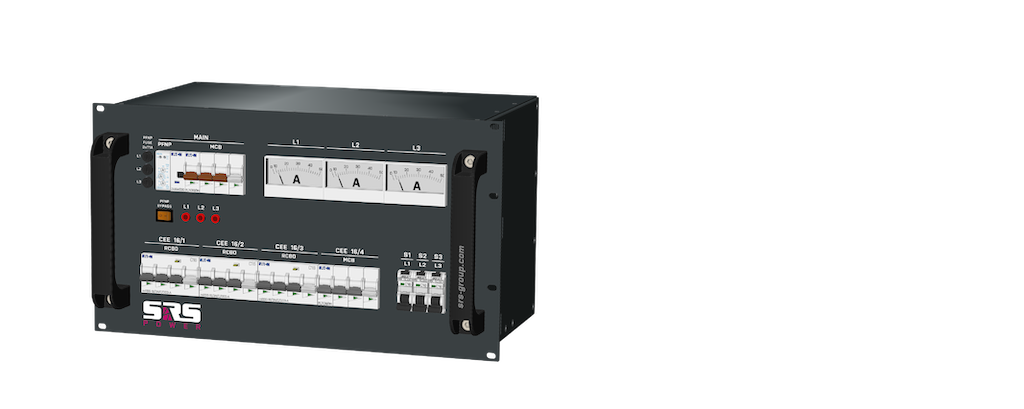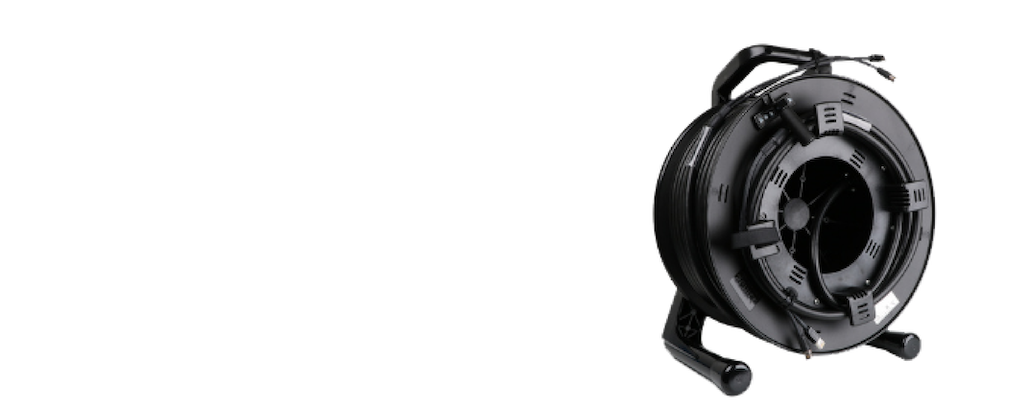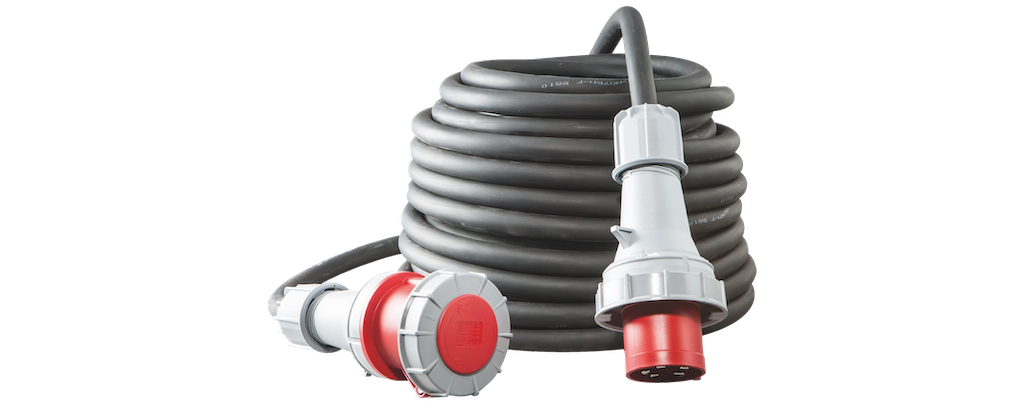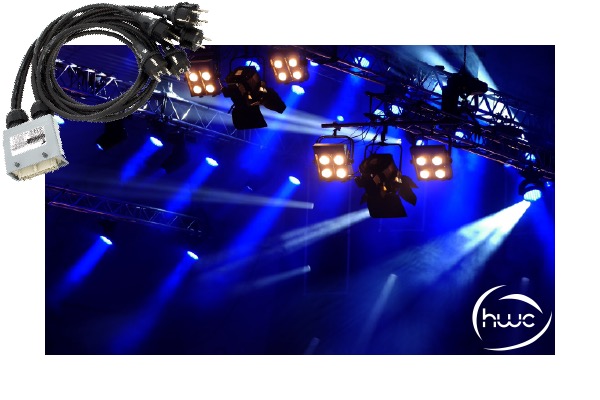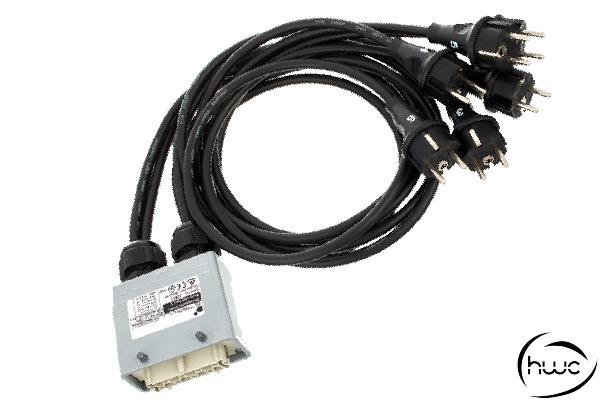Harting Break In
Harting wiring has been a trustworthy name for years. It’s reliable and incredibly versatile. This has been proven time and again in recent years. Technology has been developing incredibly quickly in recent years. In the field of lighting, we used to work mostly with incandescent and halogen lamps. This is now completely a thing of the past. Almost all light techs have switched to the use of LED lighting, which is more economical and better for the environment.
Then & Now
Old-fashioned incandescent and halogen lamps could be dimmed by adjusting the voltage. A lower voltage provided less light and a higher voltage provided more light. This was only possible with analogue light fittings. Intelligent or LED lighting can't handle this voltage and can even break down if it doesn't receive 230V. Nowadays this harting cable is no longer used to distribute dimming voltage, but it remains an ideal way to efficiently bring voltage to, for example, a truss with lamps. You can bring up to 8 groups of current to a truss through a single cable. Very efficient.
Harting Break In
To be able to use harting you must first make sure the current is in the harting cable. Some dimmers or power dividers are equipped with such a 16-pin multicable connection, but not all of them. In these cases, you can use this break in. It’s equipped with 8 schuko plugs, which you can plug into the outputs of a dimmer or power distributor. This way you can still use dimmer or mains voltage using harting. Keep in mind that this break has a pin assignment of 1 - 9. This is the European standard for connecting harting. Do not confuse this with the so-called 'Dutch' standard, which is used exclusively by a small number of companies in the Netherlands.
In order to be able to use the correct outgoing voltage, you will also need a
break-out box with this pin assignment. These are of course also available to rent from us. Click on the link or take a look at our other harting products via the related items at the bottom of this page.
